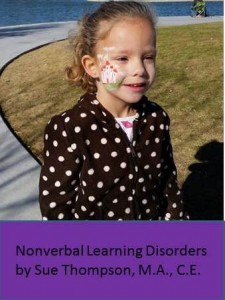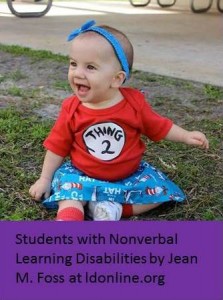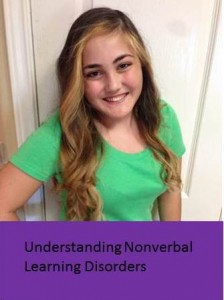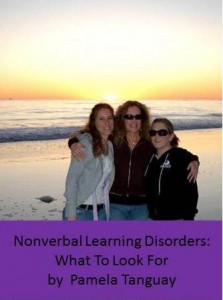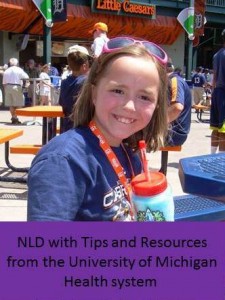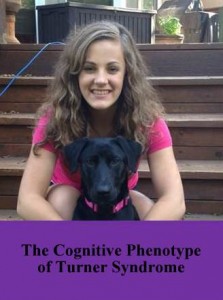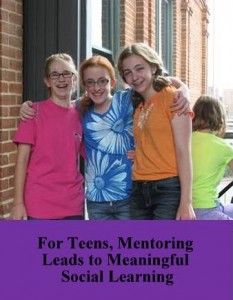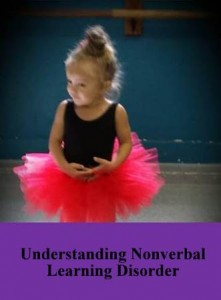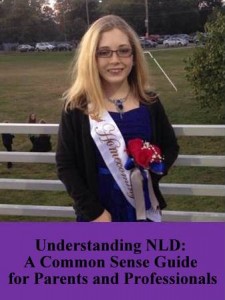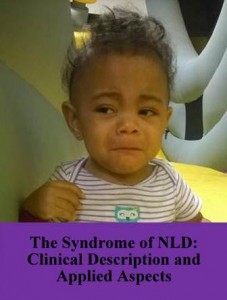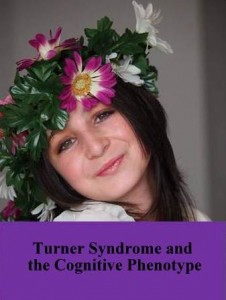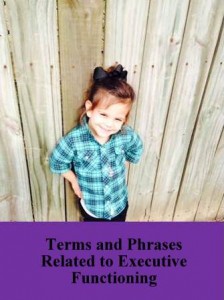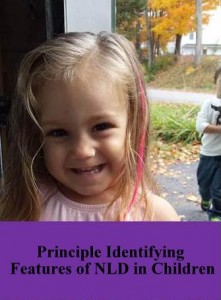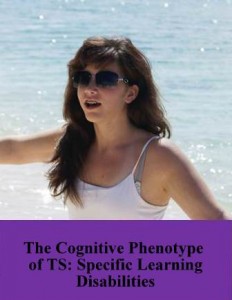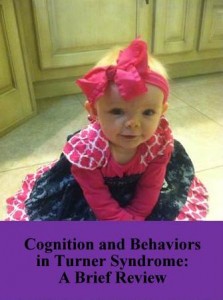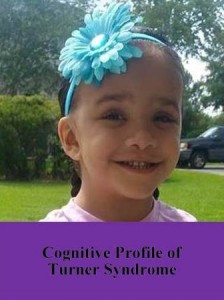
The term Nonverbal Learning Disorder (NVLD or NLD) is very confusing and is interrupted just the opposite of what it truly means. People with NLD are often extremely verbal but are challenged when it comes to processing non-verbal information. Byron P. Rourke first identified NLD and wrote that “Nonverbal learning disorder is defined as a dysfunction of the brain’s right hemisphere – that part of the brain which processes nonverbal, performance-based information, including visual – spatial, intuitive, organizational and evaluative processing functions.”
“Nonverbal learning disorders (also called “right-hemisphere learning disorders”) often go unrecognized and unaided by teachers and other professionals for a large part of a child’s schooling. The NLD syndrome reveals itself in impaired abilities to organize the visual-spatial field, adapt to new or novel situations, and/or accurately read nonverbal signals and cues. It appears to be the reverse syndrome of dyslexia. Although academic progress is made, such a student will have difficulty “producing” in situations where speed and adaptability are required. The child with nonverbal learning disorders commonly appears awkward and is, in fact, inadequately coordinated in both fine and gross motor skills. The child with NLD often develops an exceptional memory for rote material; a coping skill he has had to hone in order to survive.”
“Cumbersome monologues are another trait of a child with nonverbal learning disabilities. Normal conversational “give and take” seems to elude her. Teachers complain of a child who “talks incessantly” and parents resolve, “She just doesn’t seem to know when to be quiet!” Owing to visual-spatial disturbances, it is difficult for this child to change from one activity to another and/or to move from one place to another. A child with NLD uses all of her concentration and attention to merely get through a room. Imagine the frustration produced when attempting to function in a complicated and/or new social situation. Owing to her inability to “handle” such informational processing demands, she will instinctively avoid any kind of novelty.”
The above information is taken from an article written by Sue Thompson and is published on LDonline.org. The full article contains NLD symptoms, as well as specific suggestions for compensations, accommodations, and strategies. Read the full article here…

